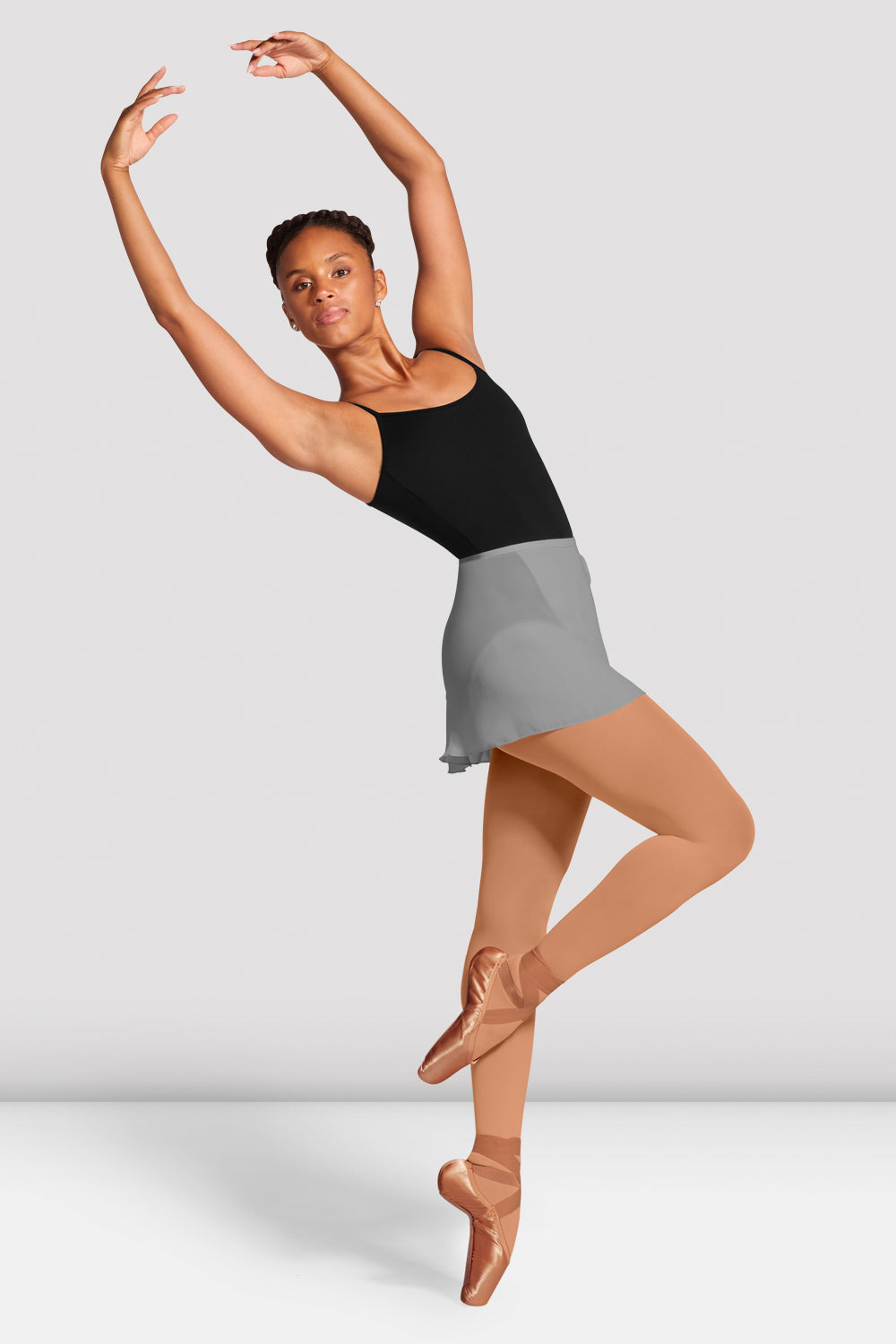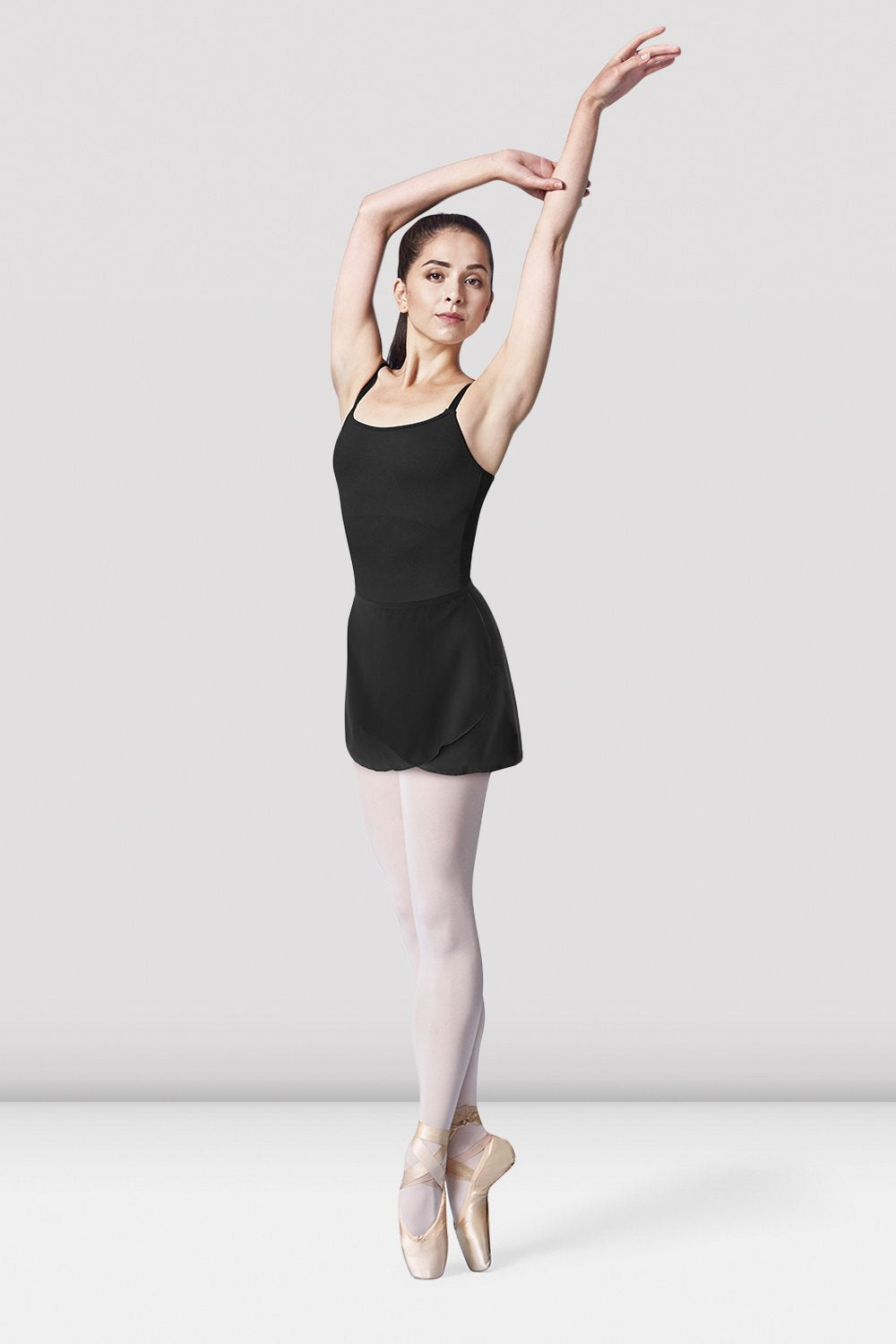Ballet Skirts: The Ultimate Guide to Effortless Elegance and Style
In the world of dancewear, few items blend functionality with aesthetic appeal as seamlessly as the ballet skirt. This garment transcends its practical origins in the dance studio to become a symbol of grace and refined style in everyday fashion. Its ability to add a touch of whimsy and sophistication to an outfit is unparalleled, making it a versatile piece for anyone seeking to elevate their wardrobe with an air of effortless elegance. The journey of the ballet skirt from a strictly utilitarian object to a fashion staple is a fascinating study in how form follows function, and then, beautifully, transcends it.
The Historical Evolution and Functional Design of the Ballet Skirt
The story of the ballet skirt is deeply intertwined with the history of ballet itself. In the early Romantic period of the 19th century, ballerinas like Marie Taglioni captivated audiences in ethereal, calf-length white tutus, designed to give the impression of floating weightlessly. This was a dramatic shift from the cumbersome court dresses previously worn. As ballet technique evolved, so did the skirt. The shorter, stiffer classical tutu, known as the pancake tutu, emerged to showcase the intricate footwork and leg movements that became central to ballets like Swan Lake. The ballet skirt worn in practice today, often called a wrap skirt or practice tutu, is a direct descendant of these stage costumes. Its primary function is to allow instructors a clear view of the dancer’s alignment, hips, and legwork to correct technique, while also providing the dancer with a sense of character and grace. The length and flow of a practice ballet skirt are not arbitrary; they are calculated to move with the body without obscuring the lines of the legs, a principle grounded in the biomechanics of dance. According to literature from authoritative institutions like the Royal Academy of Dance, the choice of skirt can impact a dancer’s proprioception—their sense of body position and movement—making it an essential tool for training.

Deconstructing Effortless Elegance: The Aesthetic Principles
What exactly constitutes “effortless elegance”? It is a style that appears natural, unforced, and inherently chic, often characterized by simplicity, quality fabrics, and impeccable fit. The ballet skirt is a masterclass in this aesthetic. Its design is inherently simple—often just a single layer of flowing fabric—yet its effect is profound. The elegance stems from its association with the discipline and artistry of ballet, an art form that demands years of dedicated practice to make incredibly difficult movements look easy. This concept is echoed by renowned fashion designers. For instance, the late Karl Lagerfeld often spoke of the power of simplicity, stating that “elegance is refusal.” The ballet skirt refuses excess ornamentation; its beauty lies in its clean lines and graceful drape. When you wear one, you are tapping into this cultural reservoir of grace. The movement of the skirt with each step creates a fluid, dynamic silhouette that is both feminine and powerful. It’s a piece that doesn’t shout for attention but rather commands it through its understated sophistication. This aligns with viewpoints from well-known fashion websites like Vogue, which often highlight ballet-inspired fashion as a timeless trend that celebrates the female form in a respectful and artistic manner.

The Versatility of Style: Integrating the Ballet Skirt into Your Wardrobe
The true power of the ballet skirt lies in its remarkable versatility. It is far from a single-use garment confined to the dance studio. Imagine pairing a simple black wrap ballet skirt with a crisp white button-down shirt and a pair of loafers for a look that is both professional and uniquely stylish, blending classic prep with artistic flair. For a casual weekend outfit, combine a soft, tulle skirt with a fitted turtleneck and ankle boots, creating an ensemble that is comfortable yet undeniably chic. The key to successfully integrating a ballet skirt into everyday wear is balance. Because the skirt introduces volume and a soft texture, it is best balanced with more structured or fitted pieces on top. This principle of outfit construction—balancing proportions—is a cornerstone of personal styling advice found on platforms from Quora to professional stylist blogs. Furthermore, the skirt’s ability to transition from day to night is exceptional. By swapping a daytime sweater for a delicate silk camisole and adding statement jewelry, the same skirt can form the foundation of an elegant evening look. This versatility offers incredible value, effectively acting as multiple garments in one, which is a smart approach to building a sustainable and cost-effective wardrobe.

A Scientific and Objective Look at Fabric and Construction
To fully appreciate the ballet skirt, one must understand the materials and construction that contribute to its unique properties. The most common fabrics are chiffon, georgette, and tulle. Chiffon and georgette are lightweight, sheer woven fabrics often made from silk or polyester. They are prized for their graceful drape and fluid movement, which mimic the ethereal quality of the Romantic ballet skirt. Tulle, a stiff, net-like fabric, is used to add volume and structure, reminiscent of the classical tutu. The choice of fabric is not merely aesthetic; it has functional implications. For example, a skirt made from high-quality, breathable fabric like cotton-blend jersey is ideal for practice, as it wicks moisture and allows for freedom of movement. The construction is equally important. A well-made skirt will have a soft, elasticized waistband that sits comfortably on the hips without digging in, and seams that are finished to prevent fraying and ensure durability. This attention to detail is what separates a professional-grade garment from a cheap imitation. From an objective standpoint, the engineering of dancewear is a specialized field, with companies like Bloch and Capezio investing significantly in research and development to create products that enhance performance and comfort, a fact well-documented on their official websites and in trade publications.
Expert Opinions and Cultural Impact
The influence of the ballet aesthetic extends far beyond the barre, a fact attested to by numerous experts and cultural commentators. Famous choreographer Twyla Tharp, in her book The Creative Habit, discusses the importance of a uniform for fostering discipline and creativity. For many dancers, putting on their leotard and ballet skirt is a ritual that signals a transition into a focused, artistic mindset. This psychological association between clothing and performance is a powerful one. In mainstream culture, the popularity of films like Black Swan brought the raw intensity and beauty of ballet to a global audience, further cementing the ballet skirt as an icon of dedication and artistry. On social media platforms like YouTube, certified fitness and dance influencers often review different brands of ballet skirts, providing valuable insights into their quality, fit, and performance from a user’s perspective. These firsthand accounts are an invaluable resource for consumers, offering a transparent look at the product before purchase. The consensus among these diverse sources is clear: the ballet skirt is more than just clothing; it is a tool for expression, a symbol of a discipline, and a timeless piece of design.

Embracing the ballet skirt is an invitation to incorporate a piece of artistic heritage into your daily life. It is a garment that teaches us about line, movement, and the beauty of understatement. Whether you are a dancer honing your craft or simply an individual with an appreciation for timeless style, the ballet skirt offers a unique path to achieving an aura of effortless elegance. Its blend of historical significance, scientific design, and pure aesthetic appeal makes it a worthy addition to any wardrobe, promising to elevate your style with a whisper of grace rather than a shout of fashion.






